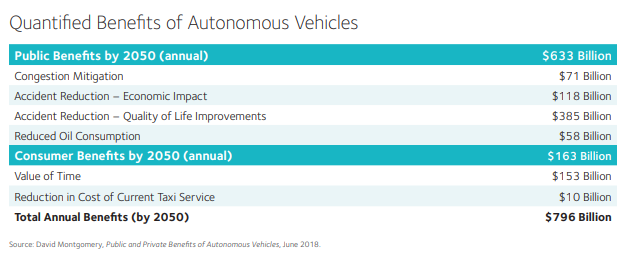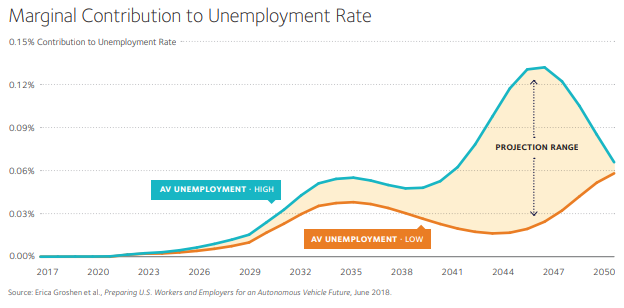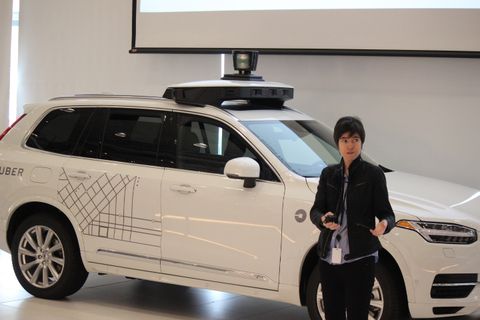Compared to other industrialized nations, Americans spend far more time behind the wheel than drivers in other nations. According to the U.S. Department of Transportation, the average American drives 13,000 miles each year. That is equal to one trip around the Earth, and 18 full days spent in the car every two years.
However, the American affinity for automobiles was not always a given. Abandoning the horse and buggy for self-propelled vehicles was met with reasonable cynicism, as reported by the New York Times in 1928. At the time, the New York Times argued a horseless carriage would be significantly faster, and, therefore, inherently more dangerous. Moreover, they argued that because a horse is a living, breathing animal with instincts and a sense of direction, it is not likely to run into brick wall, even at the behest of a rider.
In some respects, the dangers articulated by the Times were realized. Although the automobile has contributed to the advancement of our society, this advancement has come at the cost of precious human life. According to the National Highway Traffic Safety Administration (NHTSA), on average, over 100 people die every single day due to traffic collisions. Furthermore, NHTSA has also found that human error is involved in 94–96 percent of all accidents.
However, this statistically morbid reality does not discourage Americans from driving. Instead, we soberly acknowledge these risks when we get behind the wheel of a vehicle, and as a society, have created seatbelts and other safeguards to minimize these risks.
Yet, despite all the precautions that can be taken, they all fail to address the elephant in the room when it comes to driving — the same elephant that existed when Henry Ford rolled out his Model T all those years ago: human error is an innate factor when driving a vehicle that can result in bodily harm and death.
Transitioning to autonomous vehicles, or self-driving cars, could eliminate the human error that is responsible for thousands of deaths each year. Furthermore, according to NHTSA, “the safety benefits of automated vehicles are paramount.”
Beyond the benefits of leading to a reduction in death and injury, autonomous vehicles also have the potential to yield significant economic benefits. NHTSA estimates that in 2010, vehicle crashes resulted in a $242 billion loss in economic activity and a $594 billion cost due to loss of life and decreased quality of life due to injuries.
Transitioning to autonomous vehicles and eliminating the human factor that contributes to loss of life would presumably eliminate significant costs to our national economy and overall wellbeing. Moreover, it has been estimated that up to tens of thousands of jobs could be created with the rise of self-driving cars, further stimulating the U.S. economy. Additionally, autonomous vehicles hold the promise of giving greater independence for those currently unable to drive, for example allowing seniors and people with disabilities to lead lives of greater self-sufficiency and independence.
The benefits of self-driving cars are significant. However, similar to the early 20th century, technological advancements give legitimate reasons for individuals to be skeptical. That is why this week, the House Energy and Commerce Committee’s Subcommittee on Consumer Protection and Commerce will hold an important hearing on the state of autonomous vehicles in the U.S.
During this hearing, we hope to critically examine the risks and benefits of autonomous vehicles and more specifically, the risk of the U.S. drifting too far behind its global competitors. Although the U.S. is currently ahead of China when it comes to self-driving cars, we could lose that momentum and our position if we do not make this a national priority as they have.
In any event, our approach to autonomous vehicles cannot be driven by the same anxiety and apprehension of those who feared the demise of the horse and buggy. When it comes to self-driving cars, change is coming, and we can either lead from the front or be left in the dust.
U.S. Rep. Bobby L. Rush (D-Ill.) represents Illinois’ 1st District and is a senior member of the House Energy & Commerce Committee and a former chairman of the then-Subcommittee on Commerce, Trade, and Consumer Protection. Dr. Larry. Bucshon (R-Ind.) represents Indiana’s 8th District and is a member of the House Energy and Commerce Committee.
View the article in TheHill.com.



